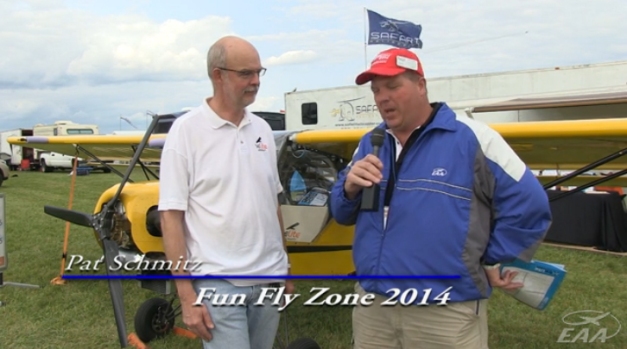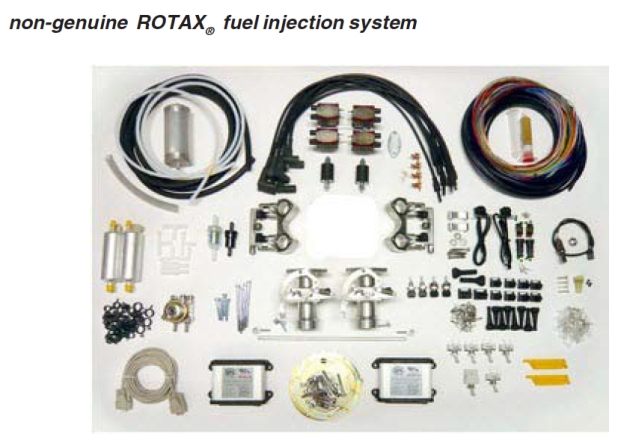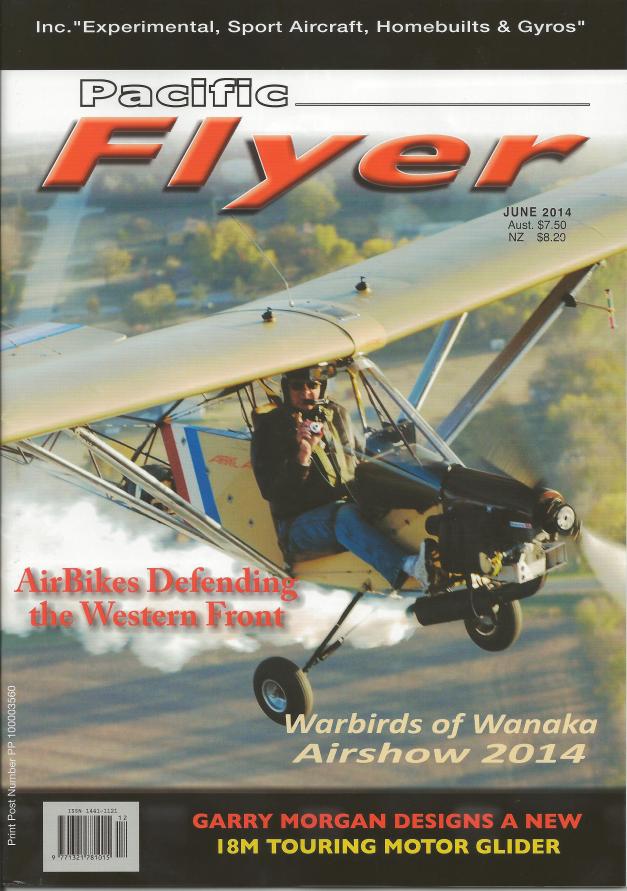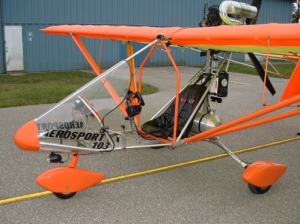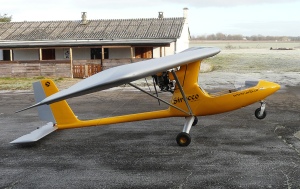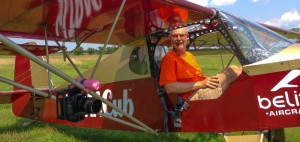I was just taking off the other day when I caught an unmistakable whiff of fuel. In the event, the smell disappeared quickly and turned out to be the dregs in my fuel tester cup, which I hadn’t properly emptied. I keep the tester in the wing root storage pocket of my Foxbat just above and to the left of my nose.
This brief experience set me to thinking about aircraft smells generally, and how sometimes it’s all too easy to dismiss an unusual odour – however faint – as nothing worth worrying about. But here are a couple of true stories about how you should listen to your nose – if you know what I mean.
First – coolant. A few years ago, I was flying an aircraft home just after maintenance. Like the Foxbat and many other Light Sport Aircraft, this one was/is powered by the Rotax 912 liquid cooled engine.
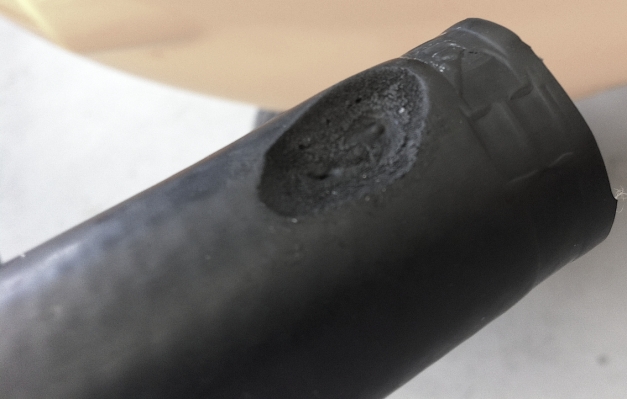
Burned coolant hose
About 15 minutes into my planned 20 minute flight, I thought I could smell coolant – that peculiar metallic hot water and anti-freeze smell. The cylinder head and coolant temperatures were steady, as was the oil temperature. But the smell wasn’t going away, even if it wasn’t getting any worse. Luckily my destination was soon within gliding distance, so I throttled back, made a radio call and landed without completing the usual circuit.
It turned out the engineer had moved one of the coolant radiator hoses during maintenance. When the cowlings were replaced, the hose had made a slight contact with the nearby exhaust, enough to burn a tiny hole, through which coolant was dripping onto the exhaust. I should have picked up this proximity during my pre-flight but didn’t. In fact with the top cowling off, the hose was a millimetre or two clear of the exhaust underneath it. But replacing the cowling, to which the coolant radiator was fixed, was enough to move the hose slightly and enable contact with the exhaust. The manufacturer subsequently issued a service bulletin requiring a specific clearance between coolant hose and exhaust. They have now re-designed the installation to avoid the problem.
Next – exhaust. Many years ago, I was flying another Rotax-powered aircraft, fitted with flexible exhaust tubes connecting the manifolds to the muffler. In flight, I thought I could smell exhaust fumes. Being an unfamiliar aircraft, I wasn’t sure if this was a trait of the aircraft or a real problem
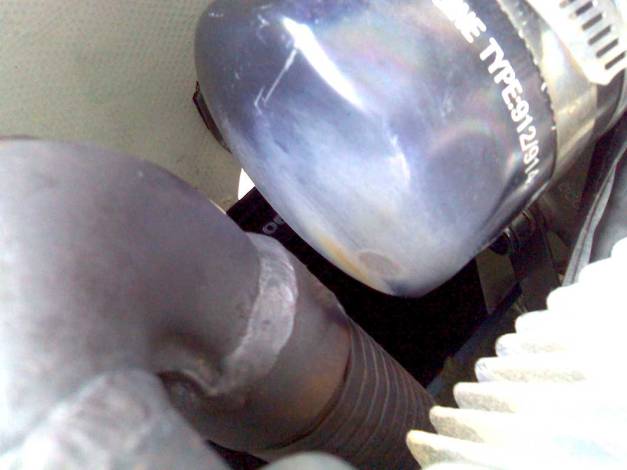
Burned oil filter
However, I opened the air vents in the doors and decided to make an unplanned landing a few minutes later at the nearest airstrip. Sure enough, one of the exhaust tubes had slightly fractured. Most worrying – the hole pointed the escaping exhaust gases directly at the oil filter canister and it was only a matter of time before it would have burned through. If oil had escaped onto the exhaust in these circumstances, I really don’t want to think about the possible outcomes.
So get to know your aircraft’s typical smells and whether it’s the unusual smell of exhaust, fuel, coolant, oil or brake linings – listen to your nose and take immediate action!
Anyone else had a similar experience?
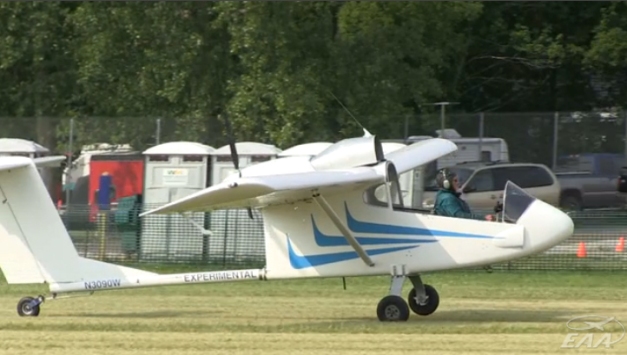 Here’s a short video interview with Andy Corsetti – who flew his Aeroprakt A20 all the way from Florida to Airventure. Click here for the video: Andy Corsetti’s A20
Here’s a short video interview with Andy Corsetti – who flew his Aeroprakt A20 all the way from Florida to Airventure. Click here for the video: Andy Corsetti’s A20
